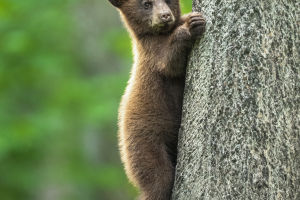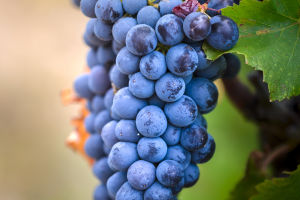The oriole is a member of the Oriole family of the passerine order.
Orioles feed on insects and also eat fruits and seeds. An arboreal bird that rarely moves on the ground and prefers clusters, often shuttling through trees in pairs. The cry is pleasing to the ear.
The body of the oriole bird is about 25 centimetres long. The plumage of the male bird is usually golden and glossy; the Female yellowish to greenish plumage. There are black stripes on both sides of the head through the eyes to the occipital, and the centre of the wings and tail are black. The baby bird has no black stripes on its head and black stripes on its belly, which do not gradually disappear until it is three years old.
They often live alone or in pairs, sometimes in loose groups of 3-5 individuals. It is mainly active in the canopy of tall trees and rarely descends to the ground. During breeding, they like to hide in the tree canopy branches and leaves to sing, singing clearly and gracefully. It can change its tune and imitate the song of other birds. It calls most frequently in the early morning, sometimes singing while flying, and flying in a wavy pattern.
Oriole is an arboreal bird. The food is mainly insects, but also some fruits and seeds of plants. It is natural and can eliminate many pests, especially in the brooding period, a large number of prey-eating pear star caterpillars, locusts, moth larvae, etc.
Oriole is mainly distributed in the warm tropics of the Old World, especially in the Oriental world, with 2 genera and 28 species. Orioles are found in Bangladesh, Cambodia, the People's Republic of China, India, Indonesia, Korea, Malaysia, Singapore, and Thailand.
Oriole is bright yellow. Small in size, but because of the different living environments, there are many differences between the genus. Local feather colour is different, so it is the basis of classification.
Oriole is a beneficial bird in agriculture and is a good friend of mankind. This is because most of the food that orioles eat is pests that harm forests and crops. Especially when oriole rearing chicks, it has to catch two or three hundred pests to feed chicks every day.
Orioles feed a nest of chicks, which generally need more than half a month. So, oriole destroys three or four thousand pests for crops, which can be said to be the protection of forests and crops.
Oriole's breeding season is May to July each year. They build their nests at the ends of tall broad-leaved branches. The nest is composed of hemp silk, cotton silk and cotton, grass stem, and so on. The nest is a deep cup-shaped, delicate shape, hanging on the thin branches, like a cradle, very beautiful. Each clutch produces two to four eggs with rose-coloured spots on the surface of the shell.


